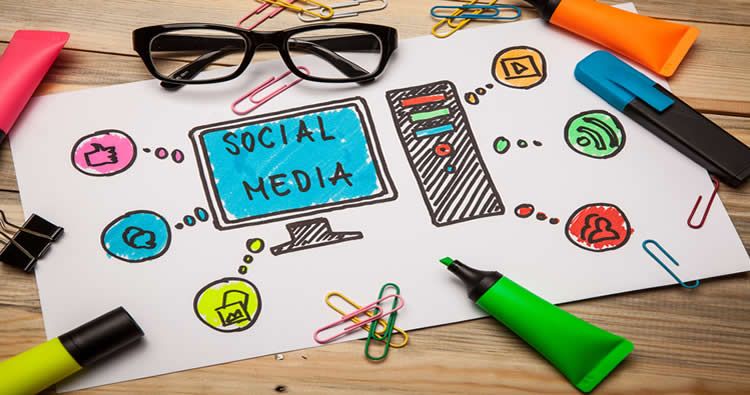Keep a step ahead: embrace new social media platforms for influencer marketing
It’s fair to say we’ve evolved significantly from our 18th century ancestors, in every possible area of our lives, but when it comes to influencer marketing…? Well it turns out Wedgewood and the Royals were playing our game long before social media came into the fore.
Luckily, we’ve amassed a wealth of experience and knowledge about how to make influencer marketing a success on the platforms that we know and love. From Michelle Phan on Facebook, to Lilly Singh on YouTube, brands are really starting to nail influencer campaigns, which is why 65% of marketers are planning to up spending over the next 12 months.
That said, times change swiftly in the world of marketing and advertising, so how easy is it to apply our existing influencer marketing savvy to the inevitable onslaught of new social media platforms and opportunities? Here are a few tips to steer you through the next iteration of influencer marketing.
Get off the hype train and safely navigate the platform
Instagram and YouTube successes make it easy to get excited about new social platforms and how they could set your new campaign alight. After all, getting in early can be a great way to maximise success on a platform. But take a moment. Figure out how each new platform fits into your current marketing objectives and calendar of activities.
Trying to shoehorn your brand onto the latest platform might be worth a gamble if you haven’t done your homework. Who uses the platform? What are the demographics? What kind of content works well on it? Start by reviewing what type of content influencers are currently producing and, before you bet the house on the platform, start with a small campaign to get a feel for things.
Test, learn, optimise, repeat
When looking to work on a new platform with new or even existing influencers, demonstrate that you’ve done your due diligence. If this isn’t your first foray into influencer marketing, use the learnings from previous campaigns – from how you managed the platform, to how you partnered with the creator – that have been a success, and implement these tried and tested workflows into your new activities.
The content may be different, the audience may be a whole new demographic, but follow the process that has worked in the past and test it by making incremental changes to the programme to achieve better results each time. Once you find a method that works for your brand and your creative partner, optimise it and start to scale the campaign.
This way you can get a feel for the kind of results that are possible, but be mindful of how much of a resource drain this new platform could be in order to reach the scale that your incumbent platform can more efficiently hit.
Don’t throw out the old to bring in the new…yet
Be prepared to monitor and setup new ROI metrics, but don’t forget your old benchmarks.
New platforms will likely have different KPIs and should be monitored and measured in their own right. Often, new platforms can to be used for different parts of a campaign lifecycle, or for reaching a different type of audience. For example, Twitch has huge potential when reaching a young male demographic and has different metrics than YouTube. Views are not, in this case, the most important measure of success.
Instead think about how the platform is used, for example, average concurrent viewers (how many people were watching the stream at any one time on average) or average watch time (as, on average, view durations for each viewer on Twitch are notably higher than on YouTube or other platforms). Total viewers and peak viewers are probably not as exciting or compelling on Twitch, but the quality of each of those views is significant.
Look further
Influencer marketing – it’s all about the right platform, the right creator, the right audience, right? But if brands want to break new ground with the hottest new platform, they should look beyond their boundaries.
In today’s global marketplace, you can reach a wider audience with ease. I need to mention the not-so-new platforms that are rapidly catching the userbases of Facebook, YouTube and Instagram. In Asia, specifically China, there are a number of social platforms which we take for granted here, that aren’t easily assessable for potential audiences you may want to reach. Local platforms such as Weibo and BiliBili are massively popular alternatives to YouTube, Instagram and Twitch and engaging these platforms may be one of the most lucrative steps you can take to ensure longevity in the influencer marketing game.

